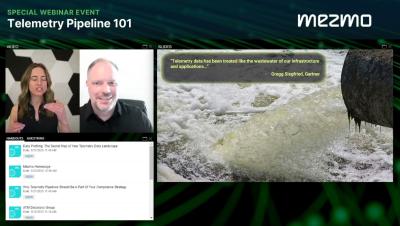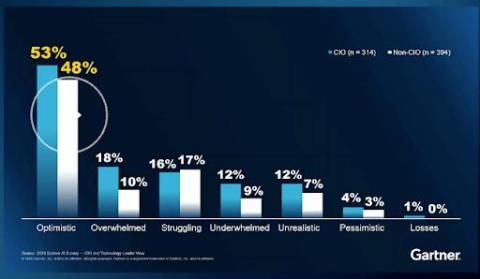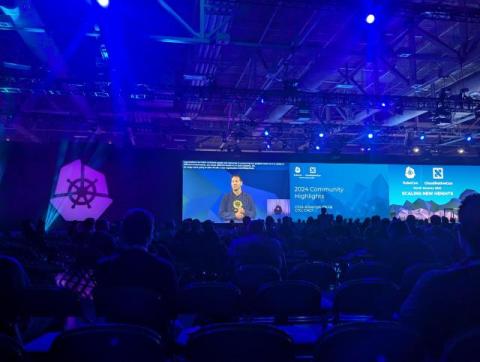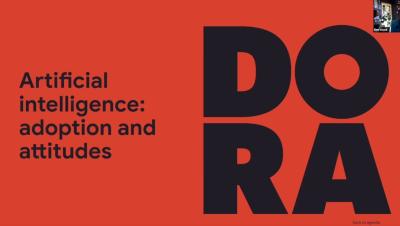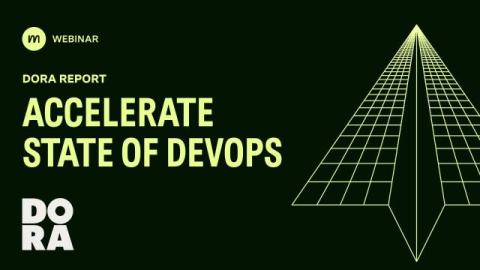Telemetry Pipeline 101
Are you looking to enhance your observability and gain deeper insights into your systems? Curious about how a Telemetry Pipeline can revolutionize your monitoring and troubleshooting capabilities while keeping the cost low? Join Mezmo’s Bill Balnave (Vice President of Technical Services) for an insightful webinar unraveling Telemetry Pipeline’s key concepts, highlighting its significance in modern software development and operations. Discover how a Telemetry Pipeline enables you to collect, profile, transform, and analyze crucial telemetry data from your applications and infrastructure.


